മനുഷ്യശരീരത്തിലെ ആന്തരികാവയവമാണ് ഹൃദയം. ശരീരത്തിലെ എല്ലാ ഭാഗങ്ങളിലേക്കും രക്തം ശുദ്ധീകരിച്ച് പമ്പ് ചെയ്യുകയാണ് ഈ അവയവത്തിന്റെ പ്രധാന ധർമ്മം. ശുദ്ധ രക്തം ഹൃദയത്തിൽ നിന്നും പുറത്തേക്ക് വഹിക്കുന്ന രക്തക്കുഴലുകളെ ധമനികൾ അഥവാ ആർട്ടറികൾ എന്നും ശരീരഭാഗങ്ങളിൽ നിന്നും ഹൃദയത്തിലേക്ക് രക്തം കൊണ്ടുവരുന്ന രക്തക്കുഴലുകളെ സിരകൾ അഥവാ വെയിനുകൾ എന്നും പറയുന്നു.
ഹൃദ്രോഗം എന്നത് ഹൃദയത്തിനെ ബാധിക്കുന്ന എല്ലാത്തരം രോഗങ്ങൾക്കും പറയുന്ന പേരാണ്. എന്നിരുന്നാലും ഹൃദയ ധമനികൾ അടഞ്ഞുണ്ടാകുന്ന കൊറോണറി കാർഡിയാക് അസുഖങ്ങളെയാണ് (Coronary Artery disease) നമ്മൾ ഹൃദ്രോഗം എന്നു കൂടുതലായും ഉപയോഗിച്ചുവരുന്നത്. ഇതു കൂടാതെ മറ്റൊരു കാരണം ഹൃദയാഘാതം ആണ്.
ഹൃദയരക്തധമനികളില് ബ്ലോക്ക് ഉണ്ടായി ഹൃദയപേശികള് പ്രവര്ത്തനരഹിതമാകുന്ന അവസ്ഥയാണ് ഹൃദയാഘാതം. ഹൃധയാഘാതത്തിന്റെ ഫലമായി ചിലരില് ഹൃദയത്തിന്റെ പ്രവര്ത്തനം പൂര്ണ്ണമായും നിലച്ചുപോകുന്നതിനാണ് ഹൃധയസ്തംഭാനം എന്ന് പറയുന്നത്. ഹൃദയാഘാതം വന്നവര്ക്ക് വേഗം വൈദ്യസഹായം കിട്ടിയാല് ഹൃദയസ്തംഭാനം വരാതെ അപകടത്തില് നിന്ന് രക്ഷപ്പെടാം. ഹൃദയാഘാതമുണ്ടാകുന്നവരില് 10 ശതമാനത്തോളം പേര്ക്കും ഹൃദയസ്തംഭാനം വരാം. ഇത്തരക്കാരാണ് ആശുപത്രിയിലേക്കുള്ള വഴിയിലും ആശുപത്രിയിലെത്തിയ ഉടനെയും മരിച്ചുപോകുന്നത്.
- നെഞ്ചിനകത്ത് ഭാരം അനുഭവപ്പെടല്
- നെഞ്ചില് തുടങ്ങി ക്രമേണ ചുമലുകളിലേയ്ക്കും, കഴുത്തിലേയ്ക്കും, കൈയ്യിലേയ്ക്കും പടരുന്ന വേദന
- ശ്വാസ ഗതിയിലുള്ള വ്യതിയാനം
- പെട്ടെന്ന് വിയര്ക്കല്
- നെഞ്ചു വേദന വന്ന് 15 മിനിട്ട് കഴിഞ്ഞും കുറയുന്നില്ലെങ്കില് എത്രയും പെട്ടെന്ന് ഡോക്ടറെ കാണുക
ആരോഗ്യകരമായ ജീവിതശൈലി സ്വീകരിക്കുക. കൊഴുപ്പ് അധികം അടങ്ങിയതും വറുത്തതും പൊരിച്ചതുമായ ഭക്ഷണങ്ങള് ഒഴിവാക്കുക. കൃത്യമായി വ്യായാമം ചെയ്യുക. ഭക്ഷണത്തില് പഴങ്ങളും പച്ചക്കറികളും ധാരാളമായി കഴിക്കുക. അമിതവണ്ണവും ബ്ലഡ് പ്രഷറും ഉണ്ടാകാതെ ശ്രദ്ധിക്കുക. കൂടിയ പ്രഷര് നിയന്ത്രിക്കുക. പ്രമേഹം ഉള്ളവര് അത് കര്ശനമായും നിയന്ത്രിച്ചു നിര്ത്തുക.മദ്യപാനവും പുകവലിയും ഒഴിവാക്കുക.മാനസിക സമ്മര്ദ്ദം കുറയ്ക്കുക.

കൂടുതൽ വിവരങ്ങൾക്ക് :


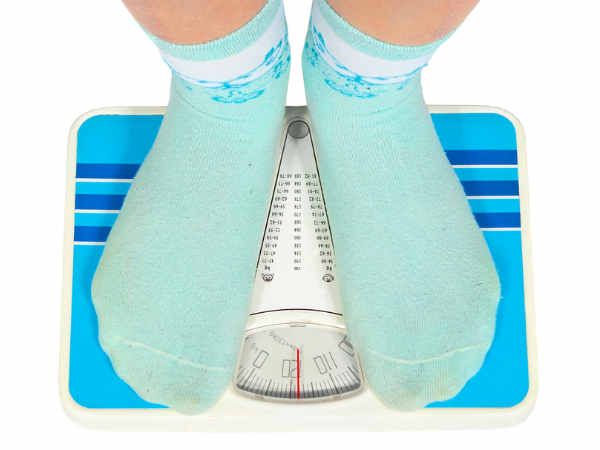

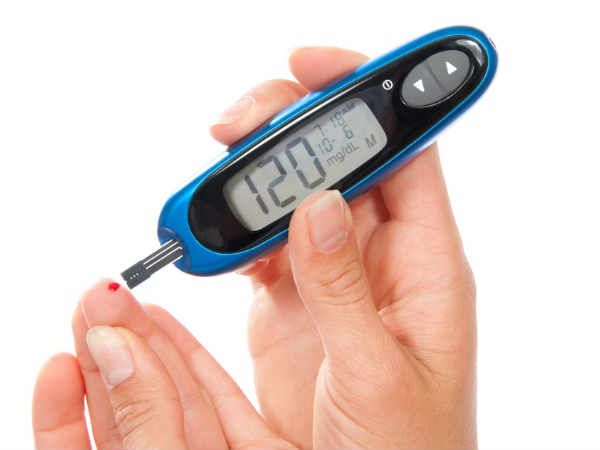
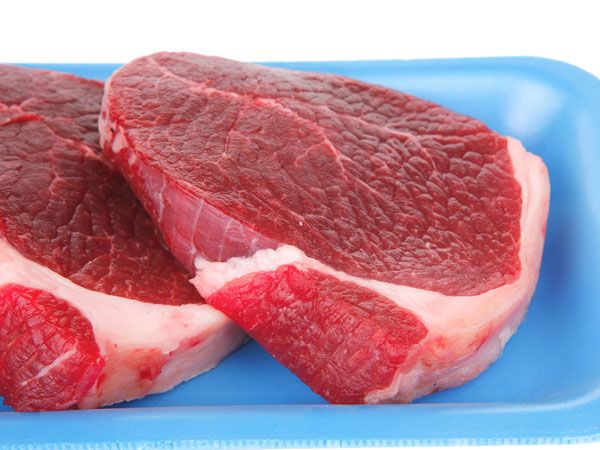



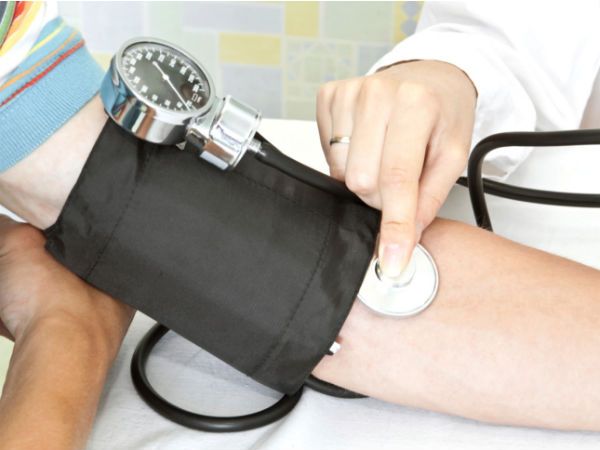

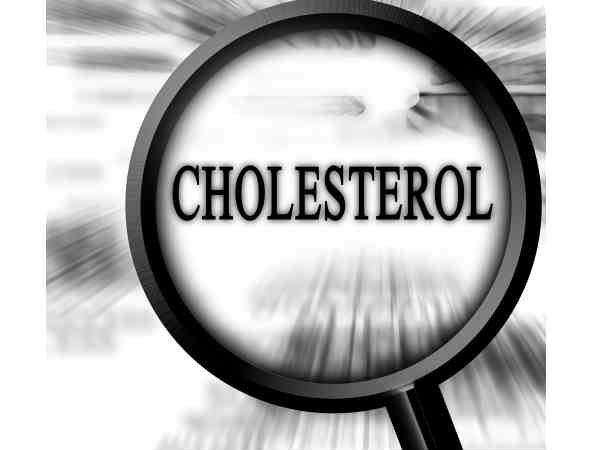
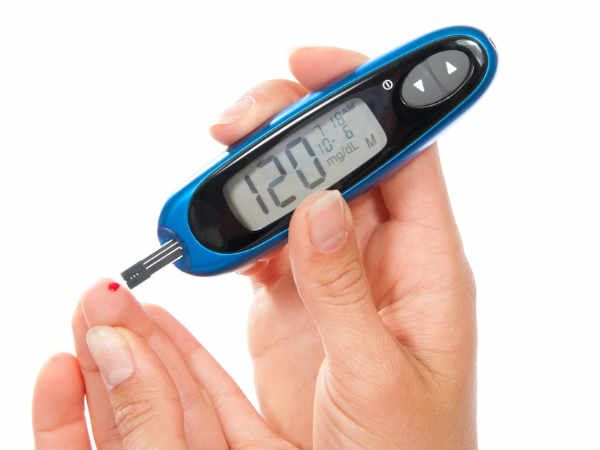











1.jpg)




